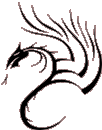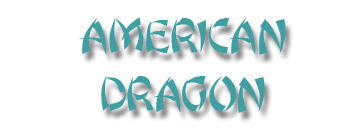POINT: ST-1 (STOMACH-1)
| English: | Container of Tears |
| Also Known As: | Containing Tears Contain Tears |
- With the eyes looking straight forward, the point is directly below the pupil, between the eyeball and the infraorbital ridge.
- Located directly inferior to the pupil on the inferior ridge of the orbital cavity.
- Push the eyeball upward with the left thumb and puncture perpendicularly and slowly 0.5 to 1 cun along the infraorbital ridge. It is not advisable to manipulate the needle with large amplitude.
- Straight insertion. Ask the patient to look straight upward, then hold the eyeball secure from below with a finger, and slowly insert the the needle along the lower wall of the orbit to a depth of 1 to 1.5 cun. Sensation: local soreness and distention, occasionally some lachrymation.
- Caution: It is very common for this point to bleed a bit after needling. This can be stopped by applying pressure for a few moments after the needle is withdrawn. When there is bleeding, there may appear a "purpling" of the skin around the eye. A cold compress can be used first to stop the bleeding, followed by a hot compress. After a week, the purple should disappear. It will not affect the vision. Care should be taken not to insert the needle too deeply to avoid entering the cranial cavity.
- For myopia, the needle should be inserted transversely toward the inner canthus.
- Ask the patient to look directly forwards. Use a finger to push the eyeball upwards and insert the needle, first slightly inferiorly, then perpendicularly between the eyeball and the inferior wall of the orbit, 0.5 to 1 cun.
- Caution: the needle should be inserted slowly without lifting, thrusting or rotating it.
- Intersecting point of the REN and Yang Qiao channels
- Expels Wind
- Brightens the eyes
- Stops lachrymation
- Clears Heat
|
|
UB-1 joined by transverse insertion |
||
Optic nerve atrophy |
Myopia |
Retinitis pigmentosa |
ST-2 |
UB-1 |
UB-2 |
Deviation of the eye and mouth with inability to speak |
Short-sightedness |
Redness, swelling and pain of the eye |
- Moxibustion is contraindicated.
- This point is mostly used for eye problems.
- It is one of the two principle local points of the primary channels for treatment of eye diseases, the other being UB-1 Jingming.

